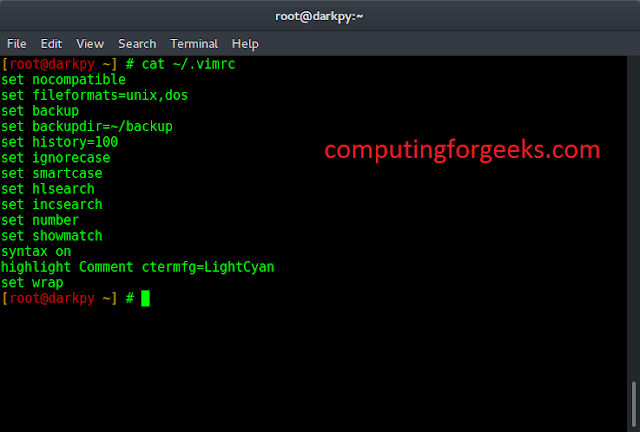There are so many pattern searching algorithms for the string. KMP algorithm, Z algorithm Rabin Karp algorithm, etc these algorithms are the optimization of Naive Pattern searching Algorithm.
Naive Pattern Searching Algorithm:
Input : "AABACACAACAC" Pattern : "CAC" Output : [4,9] AABACACAACAC
Implementation:
Java
// Java Program to Search for a Pattern String in the Input// String returning the indices// Importing input java classesimport java.io.*;// Main classpublic class GFG { // Method 1 // To find pattern in the string static void search(String s, String pattern) { // Iterating over the string in which to be searched // for using the length() method for (int i = 0; i <= s.length() - pattern.length(); ++i) { int check = 1; // Iterating over the string for which is to be // searched using the length() method for (int j = 0; j < pattern.length(); ++j) { // Now, checking the elements of pattern // with the given string using the charAt() // method if (s.charAt(i + j) != pattern.charAt(j)) { // Setting check to zero as pattern is // not detected here check = 0; // Break statement to hault // execution of code break; } } // Now if the check remains same as declared // then pattern is detected at least once if (check == 1) { // Printing the position(index) of the // pattern string in the input string System.out.print(i + " , "); } } } // Method 2 // Main driver method public static void main(String[] args) { // Given custom input string String s = "AABACACAACAC"; // Pattern to be looked after in // the above input string String pattern = "CAC"; // Display message for interpreting the indices // ai where if the pattern exists System.out.print( "Pattern is found at the indices : "); // Calling the above search() method // in the main() method search(s, pattern); }} |
Pattern is found at the indices : 4 , 9 ,
Output explanation:
The above algorithm for pattern searching is the basic algorithm the worst as the average time complexity of this algorithm is O(n×m) where n is the pattern and m is the given string.
How can we reduce the complexity of this algorithm?
It is possible with the help of rolling hash. Rabin Karp algorithm is one of the optimized algorithms of the naive algorithm that performs searching by rolling over the string and search the pattern.
Illustration:
Input: txt[] = "THIS IS A TEST TEXT"
pat[] = "TEST"
Output: Pattern found at index 10
Input: txt[] = "AABAACAADAABAABA"
pat[] = "AABA"
Output: Pattern found at index 0
Pattern found at index 9
Pattern found at index 12
Procedure:
- Calculate the hash value of the pattern (By creating your own hash function or equation to determining an individual hash value for every character)
- Iterate over the string check the hash value of every substring generated of the size of the pattern if matched check every character of the pattern as well as String if all matched print the starting index of the string.
- If not matched shift to the next character by skipping the first character and adding the hash value of the next character that we don’t calculate the hash value of the next substring in the string only we slide the window skip the first character and add the last character in the window by calculating its hash value i.e Rolling hash.
Implementation:
Simple Rolling algorithm assuming the pattern of length 2
- Initialize temp=4(1+3)
- Roll the hash value to the next element.
- Iterate the loop ‘i’ <= Array.length-pattern.length
- Remove the first element from the temp variable and add next element in the temp variable. temp = temp-Array[i]+Array[i.pattern.length()]
Java
// Java Program to illustrating Simple Rolling Hashing// Importing input output classesimport java.io.*;// Main classclass GFG { // Method 1 // To search the pattern static void search(String S, String pattern) { // Declaring and initializing the hash values int hash1 = 0; int hash2 = 0; // Iterating over the pattern string to be matched // over for (int i = 0; i < pattern.length(); ++i) { // Storing the hash value of the pattern hash1 += pattern.charAt(i) - 'A'; // Storing First hash value of the string hash2 += S.charAt(i) - 'A'; } // Initially declaring with zero int j = 0; // Iterating over the pattern string to checkout // hash values for (int i = 0; i <= S.length() - pattern.length(); ++i) { // Checking the hash value if (hash2 == hash1) { // Checking the value for (j = 0; j < pattern.length(); ++j) { // Checking for detection of pattern in a // pattern if (pattern.charAt(j) != S.charAt(i + j)) { // Break statement to hault the // execution of program as no // pattern found break; } } } // If execution is not stopped means // pattern(sub-string) is present // So now simply detecting for one or more // occurrences inbetween pattern string using the // length() method if (j == pattern.length()) { // Pattern is detected so printing the index System.out.println(i); } // for last case of loop, have to check, // otherwise, // S.charAt(i + pattern.length()) below will // throw error if (i == S.length() - pattern.length()) break; // Roll the hash value over the string detected hash2 = (int)((hash2) - (S.charAt(i) - 'A')) + S.charAt(i + pattern.length()) - 'A'; } } // Method 2 // Main driver method public static void main(String[] args) { // Input string to be traversed String S = "AABAACAADAABAABA"; // Pattern string to be checked String pattern = "AABA"; // Calling the above search() method(Method1) // in the main() method search(S, pattern); }} |
0 9 12
Ready to dive in? Explore our Free Demo Content and join our DSA course, trusted by over 100,000 neveropen!





